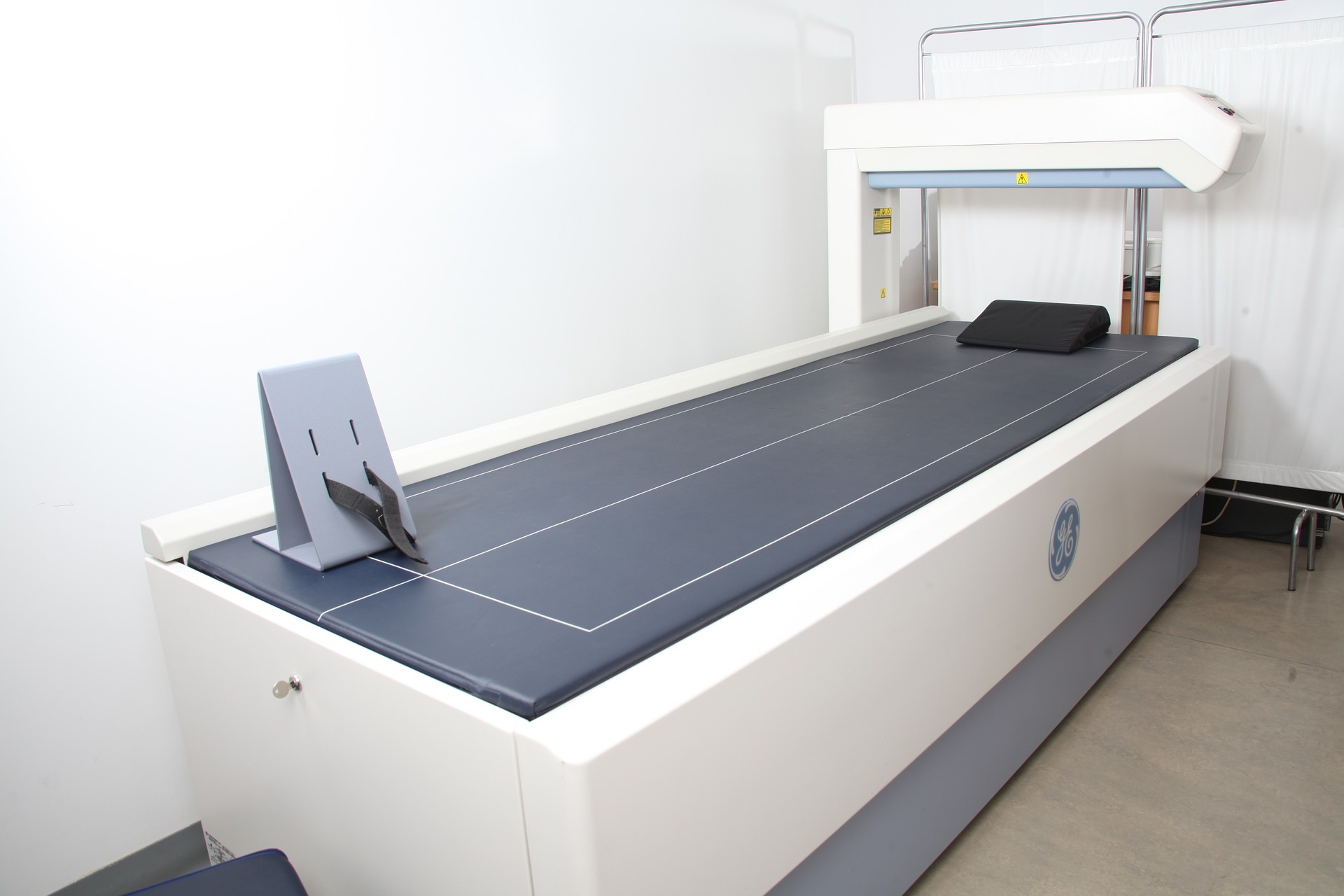
Our aging society is a daily topic of conversation, where dealing with ailments seem a normal occurrence – but sometimes it shouldn’t be. Imagine falling off a curb and breaking your wrist as you catch yourself. You might feel embarrassed, right? And maybe a year later, you slip in the bathroom and fracture your foot. You must be “just getting old,” huh?
No. You’re likely one of 54 million Americans – half of all adults age 50 and older – at risk of breaking a bone due to osteoporosis or low bone density.
But, thanks to the leadership of U.S. Ben Cardin, and support from Reps. Anthony Brown and Andy Harris in the House, there is potential for more Marylanders and Americans to access testing to help them know their risk of osteoporosis before a bone break. The rest of our congressional delegation must join them in supporting the Increasing Access to Osteoporosis Testing for Medicare Beneficiaries Act (S. 283/H.R. 2693).
Osteoporosis is common, but highly underdiagnosed and undertreated; breaking a bone is often someone’s first sign he or she has the disease. But there is a brief, inexpensive test to reverse this trend. The dual-energy X-ray absorptiometry screening (DXA), a bone density test, is the gold standard for diagnostic testing. It is recommended for all women over 65 and those under 65 with risk factors, and for men at increased risk for osteoporosis. However, fewer patients are accessing this test as it’s no longer economically feasible for doctors to administer it and maintain the equipment based on the Medicare reimbursement rate – which has dropped 70 percent since 2006.
This has real consequences for people, as diminishing osteoporosis diagnosis and treatment has led to an increase in fractures. In Maryland, it is estimated more than 101,600 fewer women have received a DXA scan since 2008, shortly after the significant reimbursement cuts began. This has resulted in an estimated 1,530 additional hip fractures, and 334 additional hip fracture-related deaths per year. That’s on top of the hip fractures already trending, as well as all other bone breaks.
It also has a real impact on costs to our system, with an estimated $64 million cost to Medicare to treat the additional hip fractures in Maryland alone. Yet, a recent study in a peer-reviewed journal found increasing DXA screening could have substantial benefits, preventing 3.7 million fractures and reducing total direct medical costs of osteoporosis by nearly $55 billion through 2040.
I know first-hand the power of early diagnosis. When I was 27, my doctor had me take a brief, inexpensive DXA test. The test showed I had severe osteoporosis in my hip and osteopenia (low bone density that is not as advanced as osteoporosis) in my spine. After I began receiving treatment for osteoporosis, I was able to increase my bone density to normal levels. Now I continue to take a DXA test every two years.
One in two women, and up to one in four men, after age 50 experience an osteoporosis-related bone break. Broken bone recovery for someone with osteoporosis can present many challenges, including repeated fractures, hospitalizations, long-term care needs, and even death. One in three adults aged 50 and over dies within 12 months of a hip fracture and one in four ends up in a nursing home, which many patients fear more than anything. This won’t change unless we take action to improve access to diagnostic testing, so patients can get the care and the treatment they may need.
Now is the time for Congress to act on legislation that can both help more Marylanders and Americans stay healthier – to the point of saving lives – and reduce health care costs. I thank Senator Cardin and Representatives Brown and Harris for their support in addressing this significant health crisis and implore our other members of Congress to follow suit.
— KATHERINE SHARP
The writer is an associate clinical professor in the Department of Behavioral and Community Health in the School of Public Health at the University of Maryland. She is also a member of the Board of Directors of American Bone Health.




 Creative Commons Attribution
Creative Commons Attribution